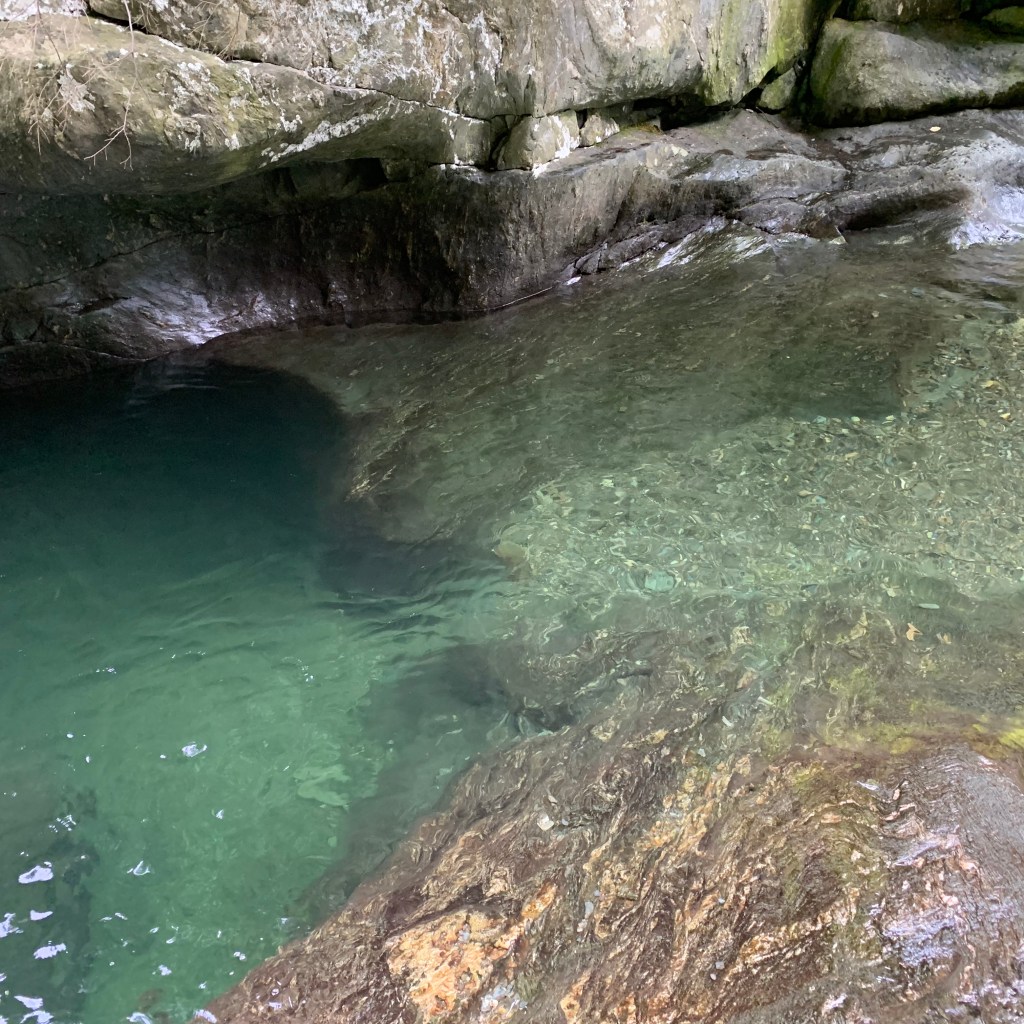
Upstate New York. Known for spectacular Autumn foliage, and the ability to drive for 15 minutes and be within a civilized urban, or suburban area. For those who live in New York City, upstate serves as a “slow-paced”, clean air rich, rustic farm wedding venue filled hub that is both romanticized for its cleanliness, as well as its diversity of environment. Upstate New York sits in a cozy section of the United States that is seldom prey to natural disaster and often is so far away from negative current events, and dilapidation of forests and waterways it can convince locals that their actions are immune from consequence.
Destruction of forests, and the warming, and pollution of rivers is often invisible to those who live far from the ocean. Any inland community will do in this example: The ignorance of those who don’t see the consequences of their actions in a literal way is the most dangerous among us. Inland communities are destroying the ocean because they have no motivation to change. They have no proof of their toxicity.
The issue here is not awareness. Statistically, most Americans are aware of plastic pollution to the point of some action. Around 75% of citizens recycle according to census data. The real issue boils down to engagement, not awareness. The recycling system in America has been broken for years. Without getting into the nitty-gritty; it is more expensive for townships to recycle than it is to simply landfill plastic waste. Even on a good day, however, the amount of plastic being created daily far outweighs the ability to reuse it functionally. If new plastic stopped being manufactured tomorrow, the United States would still have the massive issue of plastic that is already in circulation, and what should be done with it. That’s the crux right there:
To change the ocean impact, Americans need to learn to live without. What needs to be said more clearly, and more often is that recycling is broken. It has not been for some time now, so what’s next? What should be done instead? Awareness is great until one feels overstimulated and frozen in non-action. Paralyzed by Instagram videos about deforestation, and animals entrapped by garbage. What Americans need is a mental reset and new daily engagement.
In an idealistic world; non-functional plastic manufacturing would be illegal, and the grid would switch to solar, both for home, and industry, as well as transportation.
When I say nonfunctional, I mean plastic that is either single-use, to contain food, medicine, topicals, soap, etc. or could simply be made out of different packaging material. The switch nationwide to reusable shopping bags was huge but has proven to be sporadic depending on the store you frequent. Again, most Americans are fairly aware and have no qualms with bringing a bag, however engagement within that cause is lacking. I would guess that the average person simply feels inconvenienced by the fact that they have to bring their bag to the store, but is not digging deeper into why its an essential component within a larger issue, and what changes should logically follow the impedance of plastic bags.
What I am getting at is; how does it make sense to ban plastic bags, but still have everything in the store packaged in plastic? EVERYTHING. It’s not that Americans don’t feel guilty for doing things that harm the planet, its more so that there is so much stimulation, and accusation around pollution. Historically, humans have never responded well to criticism, and how they are impacting the planet with their lifestyle isn’t any different.
If we are told not to do something, we’re likely going to ignore and keep it moving. To understand how to make a change, I think the psychology of activism is essential to look at. The psychology of how people respond to the suggestion of action change.
In my practice as a sports massage therapist, if I tell someone to go home and do a list of stretches as homework, there is about a 10 percent chance that that individual is going to follow through. Who is that 10 percent? Athletes. Those who already have an investment in wanting to heal quickly. This highlights the issue of modern physical therapy. After a PT session, you are given a list of “homework” assignments. Let’s get real! Patients don’t do these stretches because the connection to tangible healing and feeling better at the moment don’t align. People need value demonstrated before they want to make time for those stretches in their busy lives. Naturally, humans are wired kinesthetically. If we don’t feel better from therapy, if we aren’t engaged in a class or see the value in the material, we simply are not going to do the homework.
To create a more engaged individual, I first have to demonstrate the value of massage therapy, and then engage the client on a personal level with homework. For instance, if you are a drummer, the homework has to relate to improving that function. If you work at a desk, the homework has to feel like a life hack for quick tension relief. Only from this point will people make a longterm change.
So here’s the big picture:
How do we go from awareness of what’s happening around us to collectively engaging in change?
I beleive it begins with inland communities who are far away from the fireball of destruction, but are invisibly a large source of the problem. About 90 percent of plastic that ends up in our ocean begins in local riverways.
Ultimately we have to stop feeding the beast, and if my thought process is correct; only people that kinesthetically feel affected by fish washing up on the shore, watching coral reefs become bleached, bumping into plastic cups while surfing, or live near the ocean feel stimulated in this way to the extent of a full lifestyle change.
If recycling is broken, this change for inland peoples has to come through leadership by example. In layman’s terms, it has to become super uncool to buy produce in plastic bags, and unacceptable to not have companies refill your lotion, and dish soap bottles instead of buying brand new ones.
Plastic was built to be durable, and last forever, and hell, it sure is working perfectly in that regard. Yes, at this point we have created a lot of work for ourselves, but plastic pollution would be loads more manageable if we were only identifying ways to reuse existing plastic, instead of how to get rid of a billion-dollar production industry.
Until it becomes less expensive to reuse existing plastic than it is to manufacture something new, we are all in a bit of a pitfall.
The change begins with influencers. Refuse bags at the store, save plastic cups for home use, bring mason jars to shops where you want a drink, and organize local cleanups. It is possible, and if new engagement truly is kinesthetic, you can be an influencer for three people, and they can be an influencer for three people, and so on. I believe it is how an idea is presented or worn that makes it successful. If that’s the basis for successful fashion trends, and apps, it can also the groundwork for a revolution in the way we consume.
We need to lead local businesses by example, and hold communities accountable for their actions, while not becoming accusatory.
Save the vinegar for manufacturers, and the influencing for your beloved upstate city.
